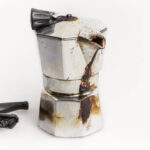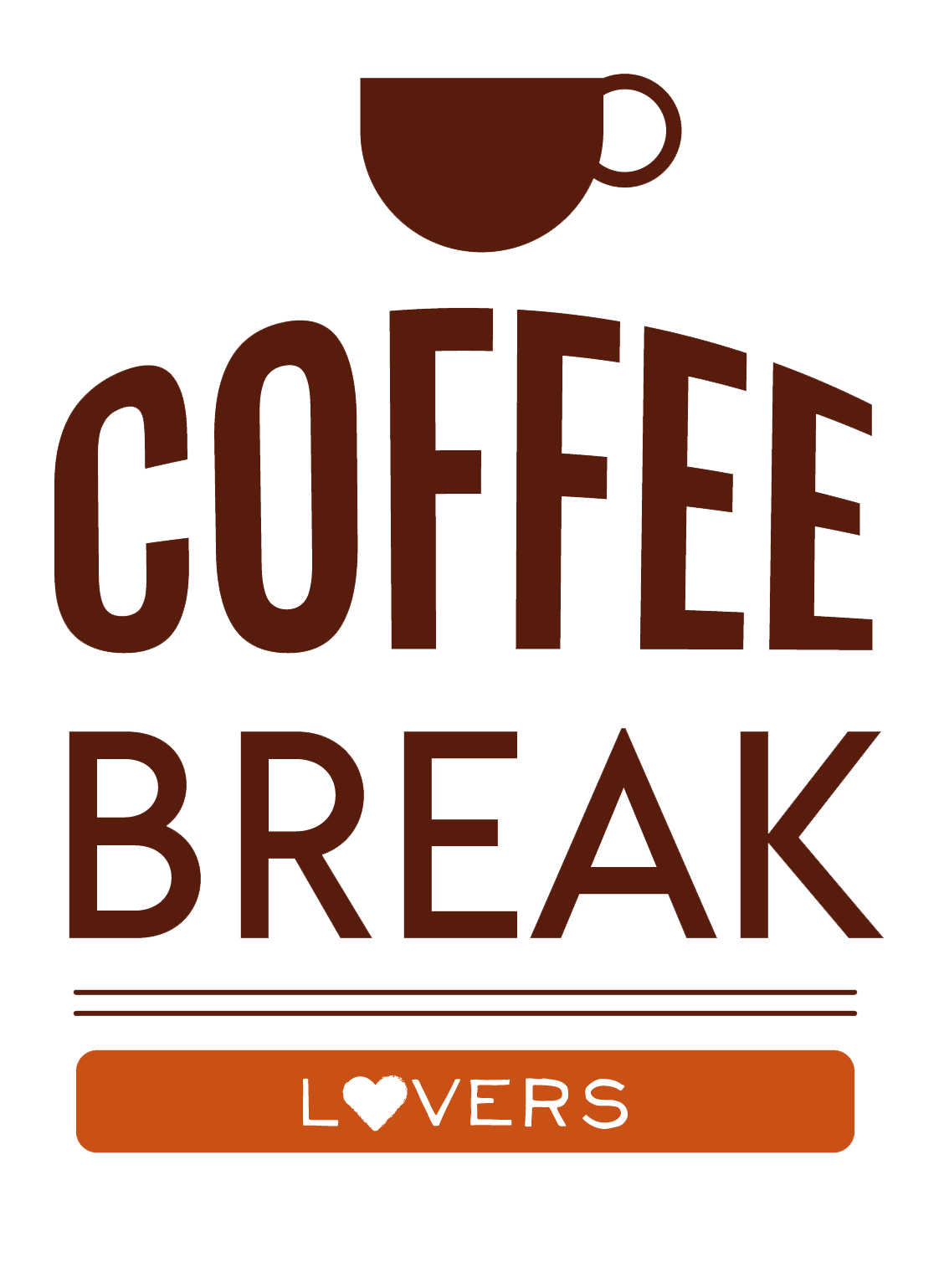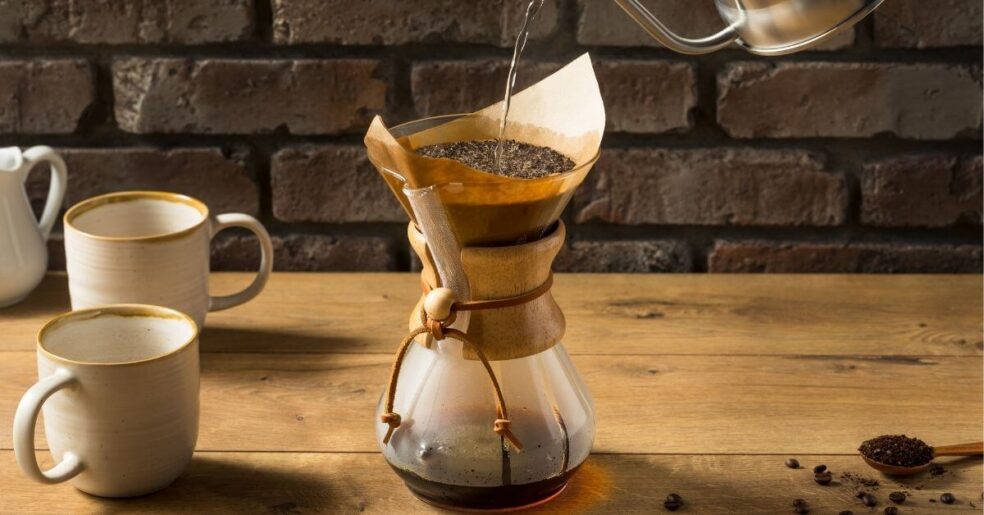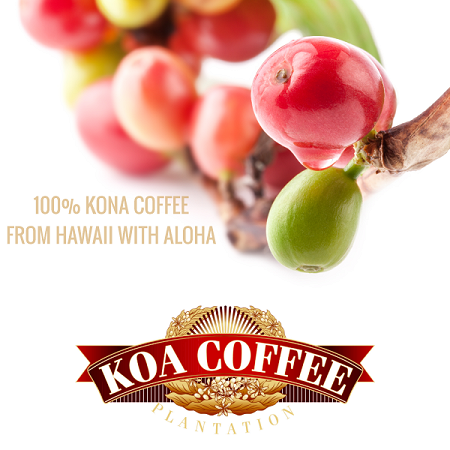For the longest time in the U.S, the most common way to brew coffee was with a standard electric coffee pot. But with the rising popularity of single-origin and specialty beans, the pour-over method has been increasing as well. If you’re a casual coffee drinker, you may be wondering what’s the difference between pour-over vs drip coffee and which one is better?
Pour over and drip coffee are basically the same. They both involve pouring hot water over ground coffee that’s held in a filter. The main difference is that pour-over is done manually, while the drip method is done automatically with a coffee brewing machine.
These two brewing methods have their own pros and cons. So depending on your preferences, one will be better for you.
By the end of this article, you’ll know:
- exactly what pour-over and drip coffee are,
- their similarities and difference
- their pros and cons
- how to brew each type
Let’s jump right in!
Shop For Related Products
What Is Pour Over Coffee?
Pour over is a coffee brewing method that calls for manually pouring hot water over coffee grounds. It’s normally poured from a gooseneck kettle, which allows for precision while pouring and control of the flow speed.
The pour-over method may seem like a very basic or intuitive way to brew coffee, but the paper filter used to make pour-over coffee wasn’t even invented until the early 1900s!
Until then, coffee was made by immersing the grounds directly in hot water (like with Turkish coffee or the french press), or by using a percolator.
But a German woman named Melitta Bentz wanted her coffee to be less bitter and free of coffee grounds. So she invented the pour-over method that we all know and love.

Why Is Pour Over Coffee Special?
There are three reasons this brewing process is so special.
- Pour overs give you control of all the coffee-brewing variables.
- These coffee makers are simple and natural
- The preparation method is often ritualized and highly enjoyable
Control Of The Variables
Whether it’s grind size, water temperature, speed of the pour, frequency of the pour, or even where the water lands on the coffee grounds…it’s all under your complete control.
With that type of precision, you can more easily control the level of extraction to get that rich, deep brew that’s associated with the pour-over method.
Pour Over Makers Are Simple
A pour-over coffee maker is essentially just a paper filter to hold freshly ground coffee and a container for the freshly brewed coffee to drip into.
In addition, pour-over containers (carafes) are usually made of natural materials like glass, stainless steel, ceramic, or even silicon.
So, there are no plastics, no electronics, and no hard-to-reach parts.
These factors give pour-over coffee makers a quality of natural simplicity that the coffee connoisseur will love.
Related Posts:
The Ritual Of Pour-Overs
This brewing process does take some time, but it’s usually a highly enjoyable time.
Most people who use this method take a moment to savor the scent of the coffee beans. They’ll carefully measure them and skillfully pour hot water from their gooseneck kettle evenly over the beans.
The result is an amazingly delicious cup!
It may be a simple process, but it’s often done with all the mindfulness, precision, and enjoyment of a beloved morning ritual.
Is Pour-Over Coffee Better?
Many coffee drinkers believe that pour-over is better because it can bring out the coffee’s natural flavors way better than automatic brewing methods! And if you’re a lover of single-origin, or specialty coffees, emphasizing the bean’s natural flavors is super important!
Even if you simply prefer a high-quality cup of coffee over convenience coffee, you will prefer the pour-over method.
But don’t get me wrong! It’s not the method itself that makes the coffee taste so great. It’s the control it gives you that allows you to make it great!
Let’s take a look at a few factors and compare them to the drip coffee method to see which comes out on top.
Water Temperature
The fact that you have to preheat the water means that you can ensure it’s the ideal temperature for coffee extraction (195-205 °F).
By contrast, most drip coffee machines heat the water automatically to their own preset temperature.
Pour Speed
The pour-over method allows you to control the speed of the water flow. This is important because a slow pour extracts more flavor and a faster pour extracts less flavor.
With standard drip coffee brewing, there’s no chance for you to adjust the pour. The machine simply runs through the brew cycle at a preset rate.
Blooming
Pour a bit of hot water over your coffee grounds and let them sit for a minute. During that minute, the grounds will expand and release any remaining carbon dioxide they hold. This is called blooming.
Blooming makes it easier for water to extract the coffee’s flavor. And since carbon dioxide tastes bitter, blooming will make your brewed coffee taste that much better.

Even Extraction
With a gooseneck kettle, it’s easy to pour water evenly over the coffee grounds. An even pour ensures an even extraction, and an even extraction gives you that rich, full flavor you want.
By contrast, a drip maker releases the water into one spot. So, it’s difficult to get an even extraction.
What Is Drip Coffee?
Drip coffee is made with the standard electric coffee pot found in many American homes. With the drip method, coffee grounds are placed in a paper filter and hot water is dripped through them into the coffee pot below.
The drip coffee maker is basically an automatic version of the pour-over. The first one was created in the mid-1950s, and it quickly replaced the then widely-used percolator.
To this day, the electric coffee pot remains popular because they’re easy to use and you don’t have to worry about over-extracting or under-extracting any particular flavors from the ground coffee beans.
Is Drip Coffee Better?
The drip coffee maker certainly has its advantages.
Compared to other brewing processes, an electric drip coffee maker:
- is easier to use,
- has a shorter brewing time,
- is more convenient,
- can brew coffee in larger amounts
- can keep your coffee warm
Let’s go through each of these factors and compare them to the pour-over to see which is better!
A Drip Coffee Maker Is Easy To Use
Most drip makers are very simple to use. All you need to do is pour water into the tank and insert the filter and coffee grounds.
Once you start the brewing process, the maker will heat water automatically, so you don’t need a kettle. It’ll also pour water over the grounds, so you don’t need any pouring skills.
In the end, it’ll deliver a carafe full of hot coffee with minimal effort on your part.
By comparison, pour-over coffee makers are a completely manual process. Nothing gets done unless you do it!
Automatic Coffee Brewers Have Short Prep Time
It doesn’t take that much time to set up an electric drip coffee maker. Simply place the paper filter and ground coffee, press a few buttons and wait for the magic to happen.
If you don’t have a lot of time on your hands or simply don’t care about making a ritual out of coffee preparation, the drip coffee maker may be the better choice.
Drip Coffee Makers Are Convenient
Many drip coffee makers have a programmable timer that can make brewing much more convenient. So when it comes to making your morning coffee, you can do all of the prep work at night!
When the time comes for you to wake up, the brewer will automatically start brewing coffee for you!
Related Posts:
Electric Coffee Makers Brew A Lot Of Coffee
The size of your coffee maker’s water tank will vary from model to model. But the amount of coffee you can brew with drip coffee makers is generally larger than with pour-overs.
So, if you need to brew a large pot for several people, you’ll be better off with the drip coffee makers.
Electric Drip Machines Keep Your Coffee Warm
Your electric coffee maker most likely has a hot plate that’ll keep your coffee warm indefinitely.
By comparison, manual brewing methods don’t come with a heating element, so your coffee may get cool pretty quickly.
What’s The Difference Between Pour Over And Drip Coffee?
Pour over and drip coffee both operate by pouring water over coffee grounds in a filter. But the difference is that pour-over is done manually and drip coffee is automatically done by a machine.
Although the difference between the two may not seem huge, they can produce some very different results.
Shop For Related Products
Coffee Quality
We’ve mentioned this before, but the manual pour-over method allows you to control various aspects of coffee brewing.
This makes it easier to brew a rich, full-bodied cup of coffee that really brings out the bean’s natural flavors.
However, with the drip coffeemaker, you can still get a good cup, but you’re sacrificing control for convenience.
Cleanliness Of The Coffee Maker
Pour-over coffee makers are simple devices – a filter to hold your fresh coffee beans and a container to catch the coffee. Little else is required.
This simplicity makes it super easy to clean.
But with the electric coffee makers, there are plastics, electronic parts, and nooks and crannies that are difficult to clean.
This makes it hard to know just how clean your coffee maker is.
Durability Of The Coffee Maker
Since pour-over makers are simpler, they tend to be more durable than electric drip coffee makers.
Your pour-over maker will last years and years as long as you don’t drop and break the container!
But your drip-coffee machine is made of mechanical pieces that can break, become clogged or simply stop working.

How To Make Drip Coffee?
The drip coffee maker is the most popular machine for at-home (or at-work) brewing.
And most automatic machines are quick and easy to use. To get started brewing coffee with your machine:
- Fill the tank with the amount of cold water you want.
- Place a filter into the filter basket
- Put your favorite freshly ground coffee in the filter. (A general rule is to use 2 tbsp of coffee for every 6 oz of water)
- Start the brewer
- Once brewing is done – enjoy!
Regular drip coffee is a great option for coffee drinkers who value speed and convenience.
And if you use the same water to coffee ratio each time you brew, you can be sure to get a tasty cup of coffee every time.
But if you’d like to improve your brewing skills and enhance your coffee experience, try your hand at making pour-over coffee.
How To Make Pour-Over?
Pour-over coffee requires a bit of skill to make, but once you get the hang of it you can always make a delicious coffee.
To brew pour-over coffee:
- Heat the water in your kettle to 195-205 °F.
- Place your filter in the filter basket
- Add fresh ground coffee to the filter (A general rule is to use 2 tbsp of coffee for every 6 oz of water)
- Dampen your ground coffee with hot water and wait for 30-60 seconds. This will cause your coffee beans to bloom and release carbon dioxide.
- Slowly pour the remaining water over the coffee beans
- Once all the coffee has dripped into the carafe – enjoy!
Since pour-over is a manual brewing process, there’s plenty of ways to make mistakes. So, if your coffee doesn’t taste the way you want, make adjustments to your coffee grinds or pouring method!
Shop For Related Products
The Bottom Line – Pour-Over vs Drip Coffee
The bottom line is that in their most basic form, pour-over vs drip coffee are the same brewing method.
Hot water is poured over a filter and coffee grounds to extract flavor. The extracted coffee then slowly drips into the cup or carafe below.
The main difference here is that pour-over is a manual brewing process. By comparison, drip coffee brewing is done with a drip machine.
Making coffee with pour-over is the better choice if you want to take your time and make a high-quality coffee. But drip coffee is better if you want a quick, tasty coffee that doesn’t take a lot of skill to brew.
If you prefer one method over the other, let us know why in the comments below!
Cheers Coffee Lovers!

KEEP READING
- Can A Moka Pot Explode? Top Security Tips Before Brewing!

- Can I Drink Leftover Moka Pot Coffee? And How To Do it Safely!


Oliver is co-owner of Coffee Break Lovers. The only thing he loves more than the process of brewing coffee is drinking it.




